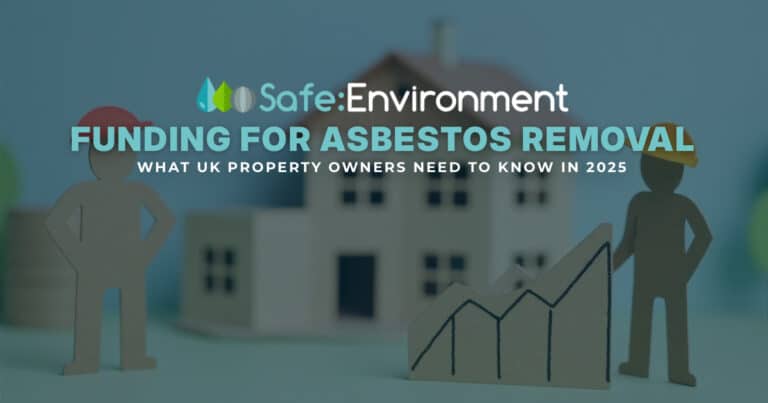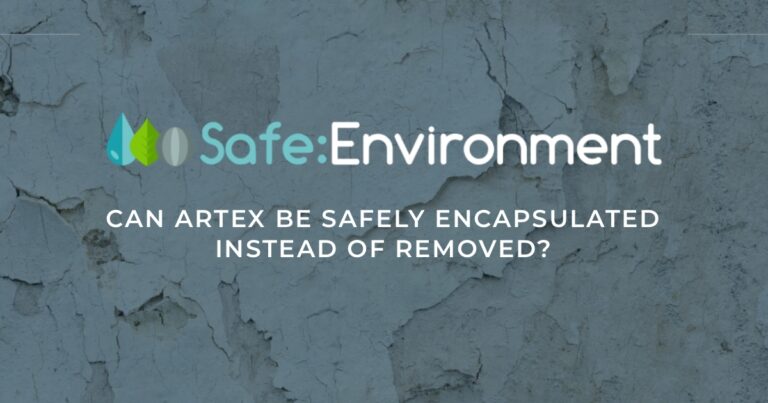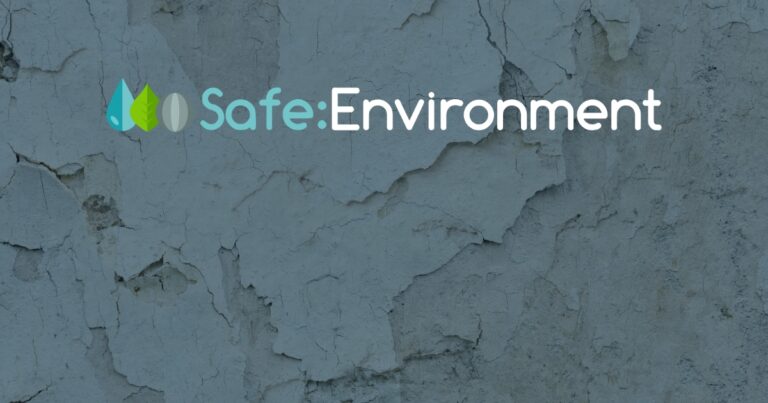The time it takes to remove asbestos can vary significantly depending on several factors, including the type of asbestos, the size and complexity of the area to be cleared, and the extent of contamination. Understanding these factors can help property owners and managers better prepare for the process. In this article, we explore the typical timeline for asbestos removal and the elements that can influence this duration.
The time required for asbestos removal can vary widely depending on several key factors:
Type of Asbestos Material: Different types of ACMs pose different levels of risk and require various removal methods. For example, asbestos cement sheets or floor tiles, which are less friable (less likely to release fibres when disturbed), can typically be removed more quickly than friable materials like sprayed coatings or pipe insulation, which are more hazardous and require more careful handling.
Extent and Condition of Asbestos: The amount and condition of the asbestos material also play a crucial role. If the asbestos is damaged or deteriorating, it may pose a higher risk and require more time-consuming safety measures. Larger areas or sites with widespread contamination will naturally take longer to clear.
Location and Accessibility: Asbestos materials located in easily accessible areas are generally quicker to remove. In contrast, asbestos in hard-to-reach places, such as roofs, crawl spaces, or confined areas, can increase the removal time due to the need for specialized equipment and additional safety precautions.
Type of Building or Structure: The nature of the building or structure where asbestos is being removed also affects the duration. Residential asbestos removal may be quicker compared to large commercial or industrial buildings, which may have extensive HVAC systems, pipework, and other hidden areas where asbestos could be present.
Regulatory Requirements and Safety Measures: Compliance with safety regulations is crucial in asbestos removal projects. Licensed contractors must follow strict procedures, including erecting barriers, using negative air pressure units, and conducting air monitoring, all of which add to the time required.
Preparation and Cleanup: Time is also needed to prepare the site before removal begins and to thoroughly clean up after the asbestos has been removed. This includes setting up containment areas, decontaminating tools and equipment, and conducting clearance air tests to ensure the area is safe for reoccupation.
Based on these factors, here is a general overview of the time required for different types of asbestos removal projects:
- Small-Scale Projects (1-2 Days): For minor asbestos removal tasks, such as removing a small amount of asbestos floor tiles or a single sheet of asbestos cement, the process may take only 1 to 2 days. This includes the setup of containment areas, removal of the asbestos, and site cleanup.
- Medium-Sized Projects (3-5 Days): Projects involving moderate amounts of asbestos, such as removing asbestos from a garage roof or multiple rooms in a house, typically take 3 to 5 days. These projects require more preparation and may involve multiple work areas, increasing the overall time.
- Large-Scale Projects (1-2 Weeks or More): Large commercial or industrial asbestos removal projects, such as those involving extensive pipework, insulation, or entire buildings, can take 1 to 2 weeks or longer. These projects often involve more complex logistics, larger work teams, and extensive safety measures.
- Extensive or Complicated Projects (Several Weeks to Months): If a site has widespread contamination or is particularly complex, such as an old factory with numerous hidden asbestos materials, the removal process can extend over several weeks to months. In such cases, the removal must be carefully phased and coordinated to manage the risks and minimize disruption.
















